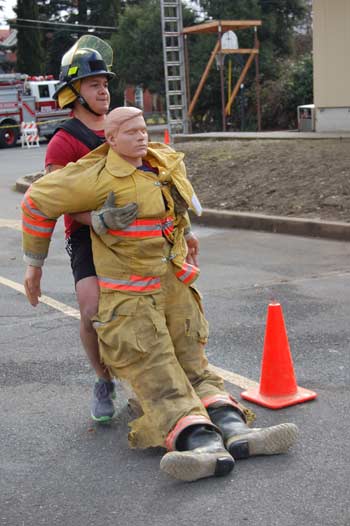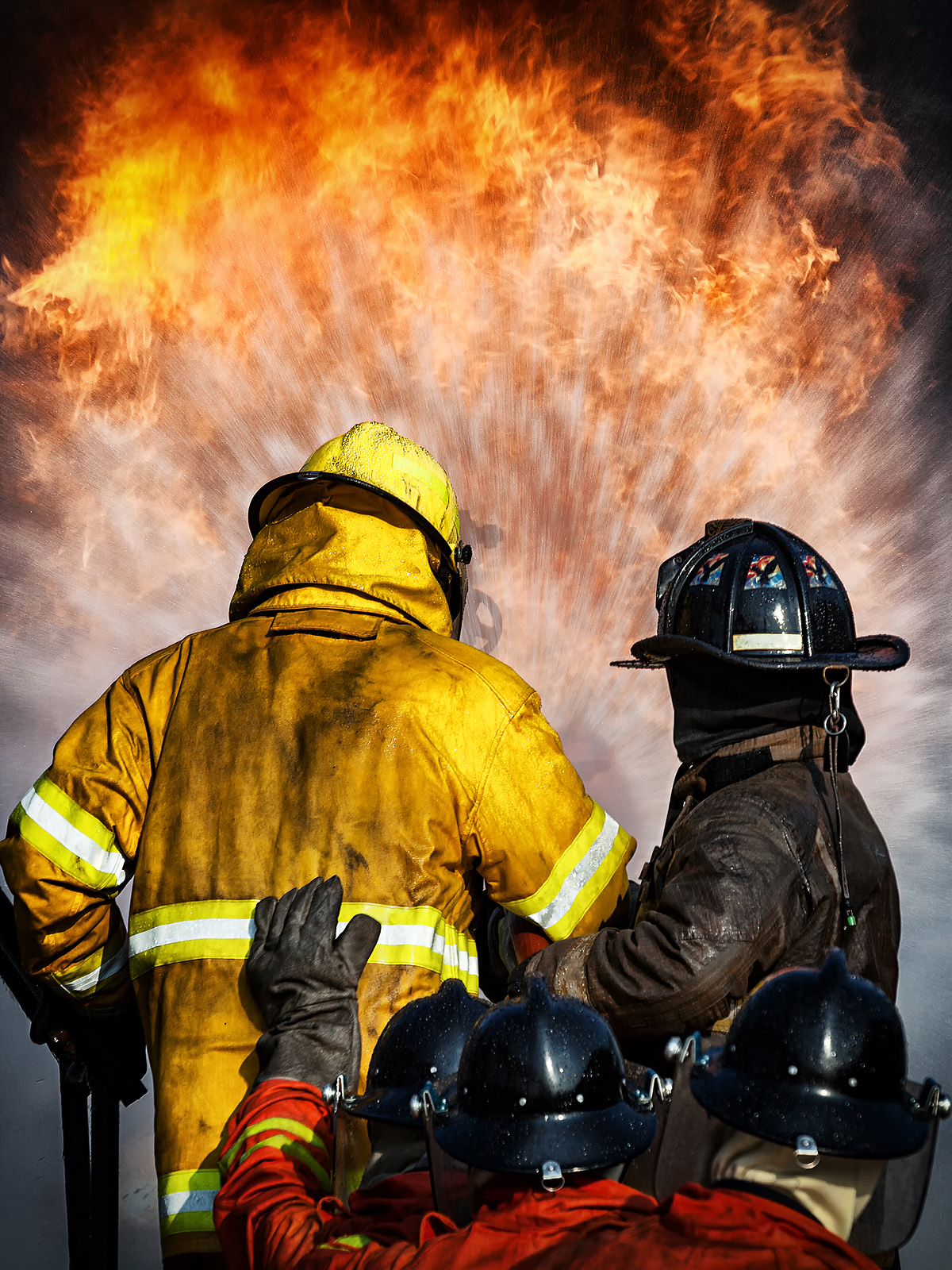
It’s all good fun and they just want to see what you’re made of. Everyone puts you through your paces when you first come to a hall. MARTIN: Coming here, you’re obviously the new kid on the block. Once you’re done working there for a day, you know that you’ve given your all. Once you finish your apprentice level training, you`ll be sent to your first military fire department, putting your newly learnt skills to the test. The Canadian Forces Fire and CBRN Academy is an accredited institution that has been recognized as one of the best in the world – with 11 levels of accreditation. MAINVILLE: Every ounce of training we do, is as close as possible to the real thing.
I WANT TO BE A FIRE MAN HOW TO
MARTIN: At the Canadian Forces Fire and CBRN Academy you will undergo intensive training in every facet of the Fire Fighting trade: how to attack structural, wildland and aircraft fires, aircraft and vehicle rescue, Emergency Medical Response as well as fire and safety prevention. MAINVILLE: After Basic Training, you will be sent to the Canadian Forces Base Borden in preparation to attend your apprentice level fire fighter course. Military postings and domestic operations take you across the country, including Canadian Forces Station Alert, and with overseas deployments taking you to every corner of the globe. MARTIN: Opportunities for travel exist for all firefighters.

And as a military fire fighter, you can deploy and see the world, something no other department can match. The training is incredible it covers so many different skills because fighting fires in the military is unique. MAINVILLE: We may not have the call volume that you see in a civilian department but our skill set is something that each one of our civilian counterparts would dream to have. You don’t know what you are walking into until you arrive at the scene. It could be an aircraft in distress, a fire in a hangar, a medical emergency in the building next door. Every time the bells sound, your adrenaline rushes and you prepare to respond, without many details on the emergency. MARTIN: I enjoy how unpredictable this job can be. MAINVILLE: It takes courage and commitment to be a military fire fighter, but there are many rewards– great pay, world-class gear, global travel, opportunities for promotion and being part of one of the most highly-trained and versatile firefighting teams in Canada. We’re also trained for confined space and technical rescue as well as Emergency Medical Response. We keep fire-detection and suppression systems in working order, respond to hazardous material spills and maintain self-contained breathing apparatus. We drive and operate fire fighting apparatus and respond to aircraft and vehicle incidents. MARTIN: We do a lot more than fight fires,in buildings. MAINVILLE: Wherever our forces train, fight and fly, we’re there – ready to cope with anything that gets thrown our way. I’m Corporal Lawrence Martin from Niagara Falls, Ontario – and I’m a Fire Fighter at 8 Wing Trenton. I’m Master Corporal Shawn Mainville, I’m from Cornwall, Ontario – I’m a Fire Fighter presently serving at Canadian Forces Fire and CBRN Academy in Borden, Ontario. Appropriate training, environmental clothing and equipment are provided. Firefighters may deploy away from their home base in support of military operations in Canada or abroad for up to six months. Firefighters provide 24 hour fire protection by working in teams that rotate responsibilities and shifts, and are supported by day staff that includes the Fire Chief, Deputy Fire Chief and Inspectors. Respond to aircraft cable engagements and provide mobile arrestor gear skillsĪlthough members of the Air Force, Firefighters may work to support Canadian Army, Royal Canadian Navy, or Royal Canadian Air Force operations.Respond as part of an Airfield Engineering Squadron.Provide helicopter rescue and damage control services as a member of a firefighting team.Provide peer and public instruction and education.Perform inspector duties, conduct inspections, and project reviews in order to make recommendations and corrective measures.Maintain fire department equipment such as ladders, hose, rope, breathing apparatus, extinguishers, personal protective equipment, and all associated rescue equipment and vehicles.Inspect and test fixed fire suppression and detection systems.Drive and operate all types of firefighting vehicles.Perform rescue, extinguishment, ventilation, overhaul, and forcible entry operations.

The primary responsibilities of Firefighters are to: Fire investigation, fire prevention and life safety inspection are also areas of expertise. They perform a variety of tasks including aircraft rescue, structural, and wild land firefighting, automobile extrication, hazardous material, and confined space/high-angle rescue. Firefighters prevent the loss of life or property due to fire.


 0 kommentar(er)
0 kommentar(er)
